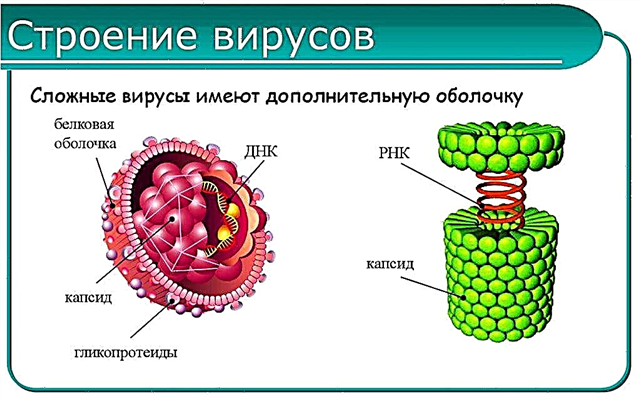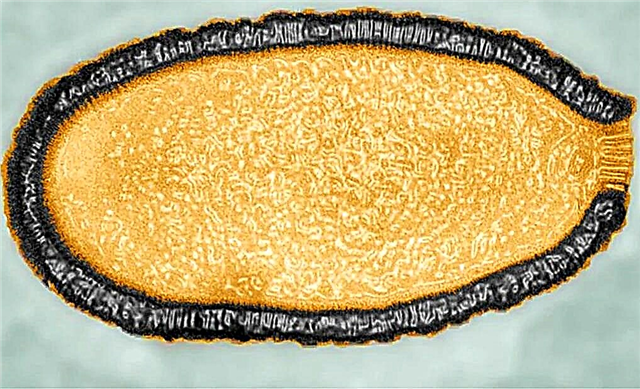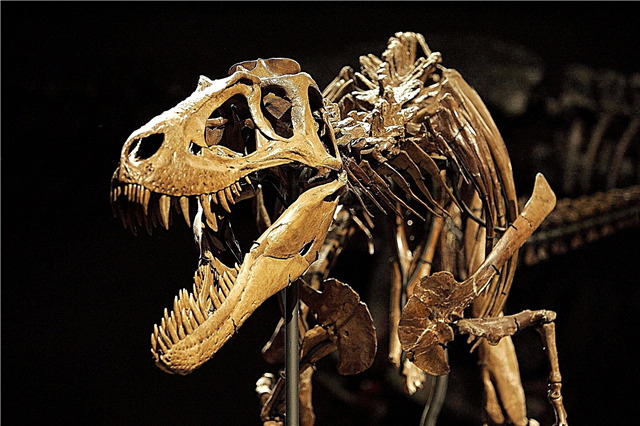
In any period of the existence of human civilization, people have suffered from various infectious viral diseases. What are viruses? Where did they come from and how are they distributed? Will it be possible to get rid of viruses if all the people on the planet stop leaving home?
What is a virus?
A virus is an infectious element that has no cells, and it can reproduce only inside living organisms. Viruses pose a threat to any organism: animals, plants, bacteria, and even simpler ones - just one living cell is enough.

At the heart of the virus is a viral particle - the virion. It consists of macromolecules that carry genetic information (DNA, RNA, or both). Also in the virion contains a protective protein shell and fat (lipid).
Interesting fact: For the first time in the world, the existence of viruses was discovered and proved by the Russian scientist Dmitry Ivanovsky in 1892. He studied diseases that occur in tobacco plants and, thus, discovered the tobacco mosaic virus.
Viruses can have all kinds of shapes and sizes, but most often they are much smaller than bacteria (average sizes - 20-300 nm). The largest since 2014 is considered Pithovirus, which was found in Siberia.
Where do viruses come from?
It is not possible to pinpoint the origin of viruses. The fact is that they do not leave behind any traces that could be studied.Scientists can only put forward various hypotheses. Here are the three most common:
- The hypothesis of cellular origin.
- Regression hypothesis.
- The hypothesis of co-evolution.
Proponents of the first hypothesis are convinced that viruses used to be part of a large organism that were part of its macromolecules. Some parts of DNA, for example, can be transmitted from one cell to another. Thus, the virus separated, "escaped", which is why this version is also called the escape hypothesis.

The regression hypothesis suggests that viruses previously parasitized in other cells. Then the "unnecessary" genes were lost. Among the arguments of this hypothesis is the ability of some bacteria to reproduce only in other cells.
The coevolution hypothesis indicates that viruses appeared simultaneously with the first living cells on our planet. They were formed from nucleic acids and proteins. No hypothesis explains the origin of viruses completely, since there are many nuances. But all virologists agree that they appeared a very long time ago.
Spread
Each virus requires a living cell to reproduce. Moreover, upon detecting such a cell, the virus goes through several stages:
- Attaches to the host cell.
- Penetrates into the cell.
- It gets rid of its protein coat, as a result of which the virus genome is released.
- It begins to multiply by creating a large number of copies of itself. This process occurs at the expense of cell resources.
- The virus literally collects the formed particles together.
- It can leave the main cell after its destruction or use the host for the subsequent production of viruses.

The virus has many distribution options. It all depends on its type and other features. For example, the flu virus is transmitted by airborne droplets. Plants can become infected by insects, just like animals. In this case, insects are carriers.
Also, they can be both specific (affect only certain organisms, species), and have a wide range of hosts. Returning to the question of what will happen to viruses, if people stop leaving their homes, it’s worth clarifying a few points.
Completely viruses will not disappear. Such a scenario is possible only for those viruses that are able to reproduce only in the human body. But for this, it is not enough to exclude all contacts between people - global vaccination is required.
For example, scientists managed to destroy two types of poliomyelitis virus out of three - they were not detected for many years and these viruses are considered eliminated. The same goes for smallpox. The last case was recorded in 1978. But these viruses pose a threat only to humans.
Most of them can breed in animals. For example, swine or bird flu viruses. To slow the spread of disease, scientists not only resorted to the development of vaccines, but also to the mass destruction of animal carriers of the virus.
But to completely get rid of viruses is not possible.Therefore, virologists carefully monitor the emergence of new cases of disease in order to prevent epidemics. In addition, viruses are capable of evolving.
In this case, the genomes of some viruses can interact with others. As a result, a completely different type of virus appears, with a new set of genetic information. A previously invented vaccine ceases to act on it.
Viruses cannot completely disappear. To do this, they must be transmitted only from person to person. Global vaccination of the entire population is also required. But most of the viruses also live in the body of animals, for example, pathogens of bird and swine flu. Therefore, with an integrated approach, you can only slow down the spread of viruses.












